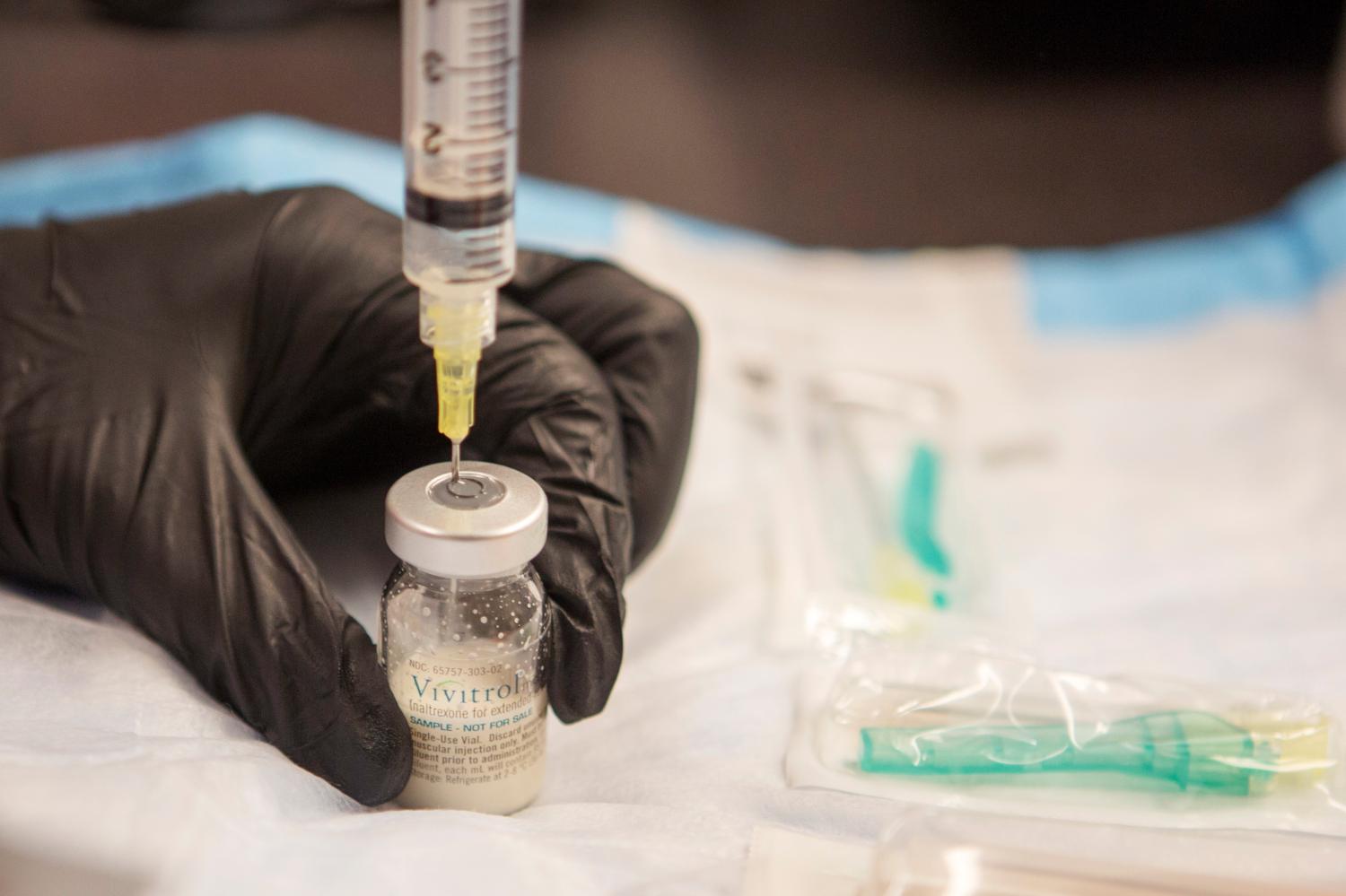This paper comes from the paper series “The opioid crisis in America: Domestic and international dimensions.”
Executive Summary
The breadth, depth, and dynamic evolution of the opioid crisis have left states exploring a plethora of strategies to reduce the supply, inappropriate use, and harm caused by prescription opioid analgesics and illicit opioids. While considerable research has focused on the impact of various supply strategies and prescribing practices, significant structural changes affecting the treatment of substance use disorder—enabled and advanced by states’ policy decisions—have received far less attention.
In this paper, we discuss three broad strategies states are taking, through a variety of policy levers, to enhance the quality of and access to treatment for opioid use disorder (OUD). The first and most well-known strategy involves increasing insurance coverage and payment for OUD treatment services. States have pursued this strategy by expanding Medicaid benefit coverage to include methadone, buprenorphine, and other non-pharmacological treatment for OUD; turning on reimbursement codes for screening, brief interventions, and referrals to treatment; and expanding eligibility criteria for Medicaid enrollment.
Second, states have sought to improve treatment access by expanding the existing treatment capacity for individuals with OUD. Residential treatment capacity has been expanded through pursuit of both federal block grant funding and Medicaid Section 1115 IMD exclusion waivers, which enable Medicaid patients in states with these waivers to receive care in residential facilities specializing in mental health disorders. In addition, states have sought to increase outpatient treatment capacity by incentivizing providers to obtain Drug Enforcement Administration (DEA) waivers to prescribe buprenorphine to patients suffering from OUD, as well as by increasing reimbursements rates for these services.
Third, states have engaged in various initiatives, commonly supported by funding in the Affordable Care Act, to develop more comprehensive and integrated treatment networks that link specialty substance use disorder treatment services with primary care and case management. By supporting information technology development and alternative payment models for care, states have been nudging providers to expand enhanced chronic disease management and care management practices which better meet the needs of individuals with opioid use disorder.
While recent evaluations have considered the incremental impact of some of these policies individually, evaluations frequently ignore the other important steps states have taken to enhance the transition and integration an archaic and frequently siloed substance use disorder treatment system. Payment reforms and delivery integration have the potential to fundamentally modify the type of care patients receive, not just for OUD, but for substance use disorders more generally. While the transition has been slow, incremental, and largely hidden from the public in ways that other opioid policies have not, the net effect of these changes will likely be quite substantial and enduring in the long run.








